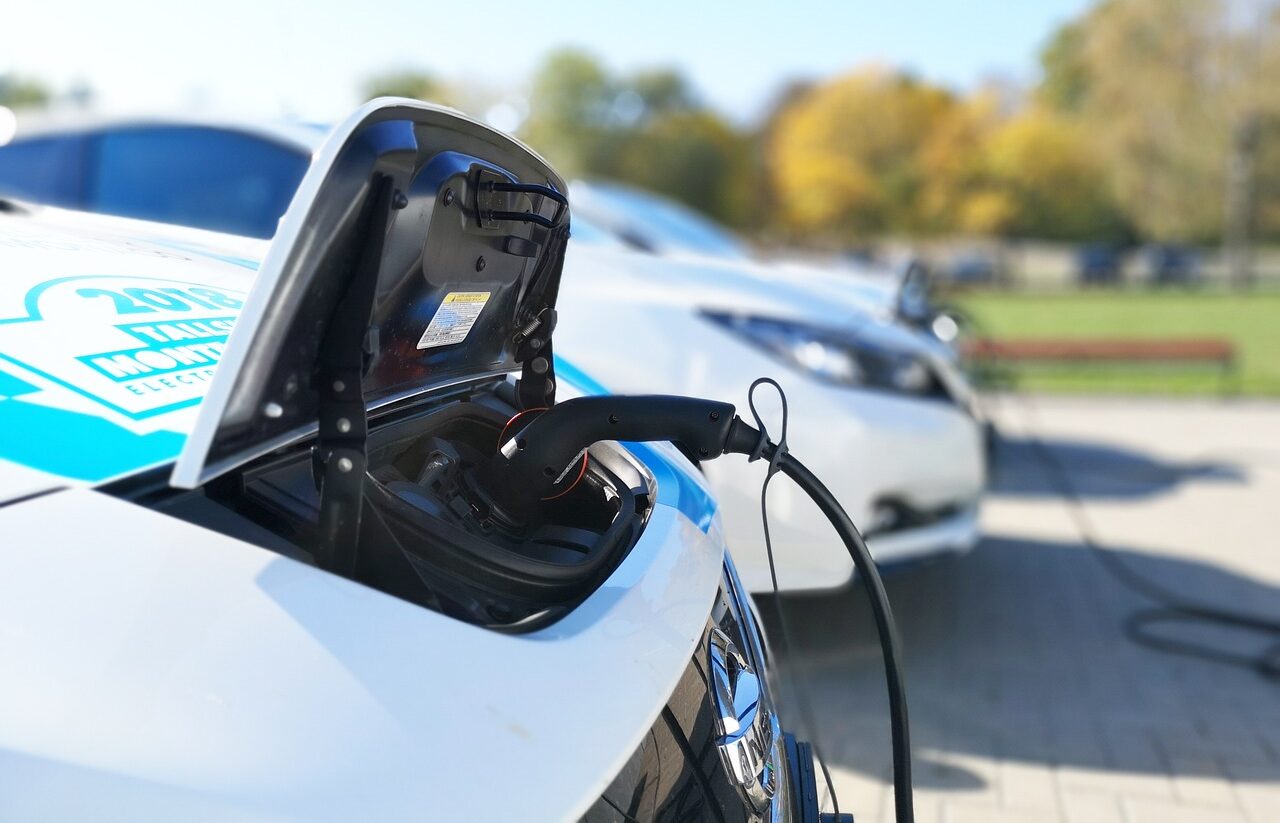Environmental Benefits and Scenic Considerations
With more and more electric and plug-in hybrid vehicles on our roadways, new opportunities and challenges are on the rise for scenic conservation.
Benefits of Electric Vehicles
The benefits of EVs are well known. Reducing tailpipe emissions leads to less smog and air pollution, improving air quality, creating clearer views, and reducing damage to sensitive natural and historic sites.
The COVID pandemic and quarantine, which saw dramatic reductions in motor vehicle traffic, provided a preview of what communities like Los Angeles could look like with permanent emissions reductions.

Scenic Conservation Challenges
However, the introduction of new charging infrastructure will mean broad changes to the built and natural environment that may harm the aesthetic qualities of scenic places. Existing stations for gasoline and diesel fuel constitute a major scenic intrusion, with garish signs and significant light pollution. New charging stations could exacerbate these problems. However, if managed correctly, they can offer a chance to improve our country’s roadways, communities, and rural areas.

Balancing EV Charging Needs with Scenic Concerns
Scenic America offers the following guidelines to assist communities with
- Conduct visual impact assessments for any proposed charging installation projects, and ensure that sensitive sites and views are protected.
- Ban or minimize signage, especially digital signage, associated with charging stations, limiting signage only to what is useful and necessary for drivers.
- Rather than reflecting the preferences of advertisers, charging station design should reflect traffic safety and transportation best practices recommended by subject matter experts. For example, see emerging best practices for electric vehicle charging infrastructure (theicct.org).
- Avoid light pollution and distracting glare associated with existing gas stations. Ban the use of on-site digital or moving digital displays. Charging stations require a much smaller footprint than traditional gas stations, and to the extent possible, a transition away from the old model to smaller, dispersed stations should be encouraged.
- Use charging station installation projects as platforms for “dig once” approaches to undergrounding overhead wires and other intrusive utility infrastructure.
- Explore options for the use of passive charging stations, and encourage the development and installation of non-intrusive charging technology as it becomes available.
- Encourage electric vehicle owners to take advantage of home charging capabilities, minimizing the need for third-party charging. Because most vehicle trips within a short distance of drivers’ homes, the need for charging stations may be reduced to the occasional long-distance trip.
- Encourage context-sensitive solutions to charging station projects, respecting local architecture, and encouraging the use of native plants, as well as visual impact mitigation techniques.
- Governance of charging stations, particularly related to questions of zoning decisions and public versus private ownership, should favor a policy outcome that best promotes scenic conservation.
Latest News
-
 Harnessing the Power of Native Trees: A Natural Solution to…As our planet grapples with the repercussions of climate change, the importance of sustainable and…
Harnessing the Power of Native Trees: A Natural Solution to…As our planet grapples with the repercussions of climate change, the importance of sustainable and… -
 Atlanta’s Iconic Corey Tower at Risk of Major Ad OverhaulCorey Tower, a 30-story structure recently rebranded as ‘ATL Tower,’ has long been a fixture…
Atlanta’s Iconic Corey Tower at Risk of Major Ad OverhaulCorey Tower, a 30-story structure recently rebranded as ‘ATL Tower,’ has long been a fixture… -
 Uncovering America’s Most Alluring Spring ViewsFollowing the official first day of spring, the United States transforms into a canvas painted…
Uncovering America’s Most Alluring Spring ViewsFollowing the official first day of spring, the United States transforms into a canvas painted… -
 New Legislation in Iowa Aims to Ensure Billboards Follow HBA…On March 20, 2024, Iowa took a significant step towards aligning its advertising regulations with…
New Legislation in Iowa Aims to Ensure Billboards Follow HBA…On March 20, 2024, Iowa took a significant step towards aligning its advertising regulations with…